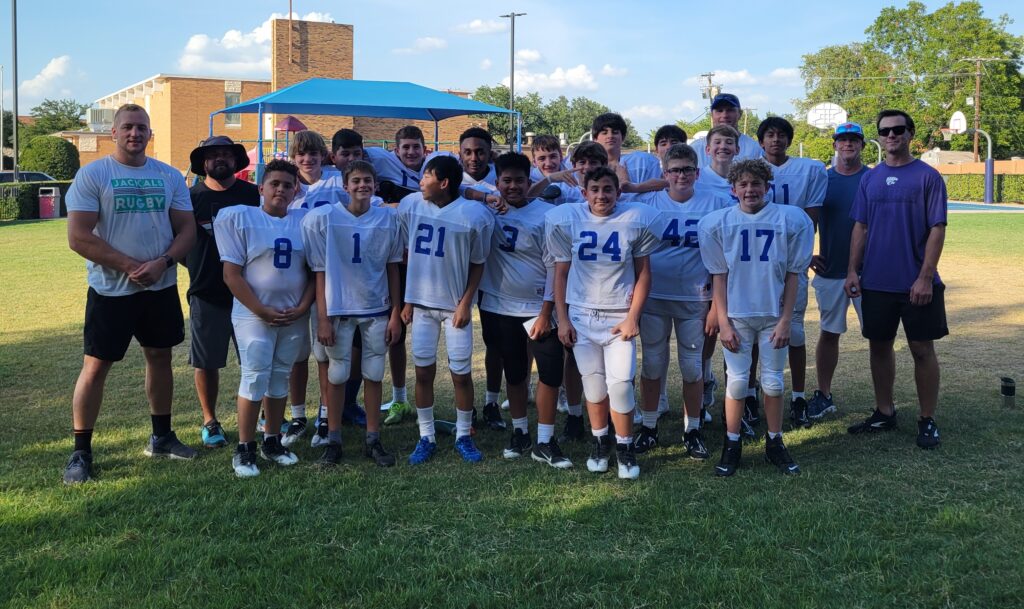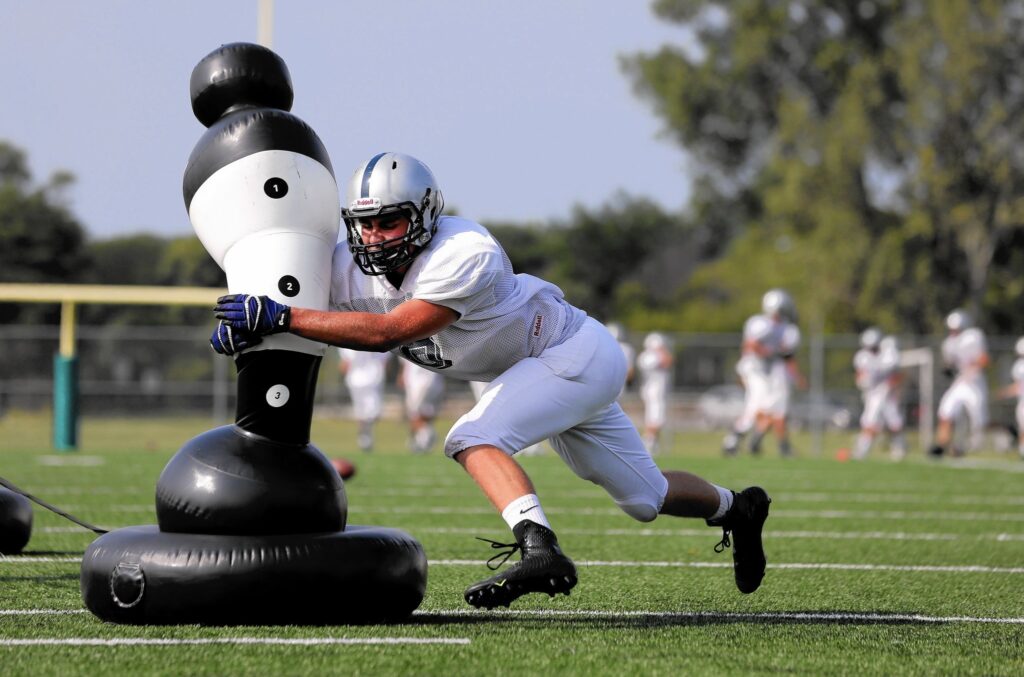Toward the beginning of last year, NFL owners voted to adopt several new rules to the league’s official rulebook. This included the now-somewhat-controversial helmet contact rule. Over the next few months, refs called penalties on players for violating those new rules. But they did so with such inconsistency that fans and the media alike grew frustrated and confused.
Since then, the NFL has issued statements, explainer videos, and more official information to clarify. But is this enough to correct the inconsistencies?
Leadership and change like this regularly comes from the NFL’s top brass, with only the best intentions. The goal for these rule changes is to better protect players, making the game safer. But when there’s huge discrepancies within the NFL itself on how officials make these decisions, it can be hard to follow the game we know and love.
The roles and responsibilities of football officials
Back when the NFL first began, there were only three officials: the referee, umpire, and head linesman. Today, the list of football officials includes seven people, each with distinct responsibilities. Those extra officials came on board over time as complex plays drew more and more scrutiny. And of course, today we scrutinize the choices of the football officials themselves just as much as we scrutinize the game.
According to the National Football League Referees Association (NFLRA) website, officials are getting things right 95.9% of the time. And while the NFL doesn’t release public scores, its operations website says officials “are typically accurate on 95 to 97 percent of calls.” But that doesn’t change the fact that each individual official can vary wildly in terms of penalty calls.
If nothing else, football officials are constantly getting instant (if informal) feedback: cheers or jeers from the crowd, and critiques from the coaches.
Changing rules and inconsistent penalties
There will likely always be injuries in the game of football, but the NFL constantly strives to make it a safer game. Adopting new rules is one way to do this, but the problem is that there’s no point in having them if they aren’t enforced consistently.
Many of the more recent examples live under the umbrella of “unnecessary roughness.” For example, the rule we mentioned earlier prohibits certain types of helmet contact. The idea behind this is to keep players from using their heads as weapons, thus causing injury to themselves and/or other players. But fans are already crying foul over sweeping inconsistencies in actually applying this rule. Especially since it sometimes changes the outcome of a game.
For new rules, it’s especially important for coaches, fans, players, and officials to be on the same page about the intent and implementation. But unfortunately, sometimes even coaches and players struggle to get clarification after hearing the first penalties.
As new rules come into play, we can expect to see more examples of inconsistency from officials. But with any luck, the NFL top brass will work to provide clarity on the front end of these rule changes in the future. This way, they’ll avoid letting fans and players wallow in confusion during gameplay.
New rule changes continually being introduced to make the game of football safer. No point in having them if they aren’t enforced consistently. Can be confusing and frustrating for players and fans alike. A few examples are targeting with the helmet, lowering the helmet on contact, and also unnecessarily roughing the QB. Leadership and change comes from the officials at the top and there is huge inconsistency within the NFL on how these decisions are made by the officials.




